Writes Shahzad Hussain Hamdani
Human rights abuses have been a part of a campaign by the Indian army against Muslim Kashmiris, particularly since 1990. The abuse is manifested in the following types of violations: “disappearances,” torture, and the rape and molestation of Muslim women.
Below is a list of incidents reported by Amnesty International, the Kashmir Quarterly (a publication of the Kashmiri-Canadian Council), and the United States Department of State.
DEATHS:
“In its 1996-1997 report, the National Human Rights Commission, (NHRC), stated that 1,375 armed forces personnel had been killed and 2,237 injured in Jammu and Kashmir between January 1, 1988 and April 30, 1997.
In 1997, the totals were 918 civilians, 189 security forces personnel and 1,114 militants, according to reliable press reports.”
From the U.S. Department of State’s, India Country Report on Human Rights Practices for 1998.
According to the Kashmiri-Canadian Council, 47,455 Kashmiris have died since October 1989.
EXECUTIONS:
“General S. Padmanabhan said that the (Indian) Ministry of Defence had issued orders to troops posted in Jammu and Kashmir to shoot on sight any of the 300 “infiltrators” it believed to be currently fighting in Jammu and Kashmir. Referring to some 1,000 Kashmiri as “hard core guerrillas”, he said that if they renewed their subversive activities, “we will eliminate them too.”
From an Amnesty International press release, October 15, 1996.
“The [Indian] government’s disregard for human rights in Jammu and Kashmir means in practice that some 200 people reportedly died in custody in Jammu and Kashmir last year and that the whereabouts of some 500 to 600 “disappeared” persons continue to be unknown. The arbitrary arrests of people suspected to sympathize with armed opposition groups also continue to be reported.”
From an Amnesty International press release, August 14, 1998.
USE OF EXCESSIVE FORCE AND VIOLATIONS OF HUMANITARIAN LAW IN INTERNAL CONFLICTS:
“Government forces continue to commit serious violations of humanitarian law in the disputed state of Jammu and Kashmir. Between 350,000 and 400,000 army and paramilitary forces are deployed in Jammu and Kashmir.
The Muslim majority population in the Kashmir Valley suffers from the repressive tactics of the security forces.
Under the Jammu and Kashmir Disturbed Areas Act, and the Armed Forces (Jammu and Kashmir) Special Powers Act, both passed in July 1990, security forces personnel have extraordinary powers, including authority to shoot suspected lawbreakers and those disturbing the peace, and to destroy structures suspected of harbouring militants or arms.”
From the U.S. Department of State’s, India Country Report on Human Rights Practices for 1998.
RAPE:
According to the Kashmiri-Canadian Council, 6,300 Kashmiri women have been raped.
“Rape is used by the Indian security forces to attack Kashmiri women suspected of sympathizing with “militants.” Through rape, the security forces are aiming to punish and humiliate the entire community.”
From Human Rights Watch.
“In Singhpur village, occupation forces barged into the house of Abdul Ahad and forcibly took his wife and daughter to a military camp where they were gang-raped.”
From Kashmir Quarterly, November 8, 1997.
DISAPPEARANCES:
“Since 1990, some 700 to 800 people have “disappeared” after being arrested by police or armed or paramilitary forces. The victims have included boys and men of all ages and all professions, including businessmen, lawyers, labourers and many teachers. Almost all of them appear to be ordinary citizens picked up at random, without any connection to the armed struggle.”
From the Amnesty International report, “If they are dead, tell us – Disappearances in Jammu and Kashmir,” February 1999.
“It is virtually impossible for relatives of the ‘disappeared’ in India’s troubled northern state to trace their relatives or find redress from the institutions supposed to protect and promote human rights, including police, security forces, the courts and statutory human rights bodies,” the report argues.
From an Amnesty International press release, February 22, 1999.
TORTURE:
“In the month of Ramadan, besides being physically tortured, Kashmiris are prevented from taking their early morning meal before starting their day of fast. They were also prevented from participating in the late evening prayers. A reign of terror was let loose in Srinagar where people were ordered out of their homes at morning mealtime.”
From the Kashmir Quarterly, January 14, 1997.
“Indian Forces killed six citizens, torched two mosques, 15 shops and seven houses in various parts of the valley. As a result, there were protest demonstrations in many cities. Troops desecrated the central Srinagar mosque and tortured worshippers whom they found inside.”
From the Kashmir Quarterly, October 12, 1997.
An excerpt from the Amnesty International report: “India: the impunity must end in Jammu and Kashmir,” 23/04/2001:
• On 27 March 1996, the dead body of human rights lawyer Jalil Andrabi was found in the river Jhelum, 19 days after he had been seen taken away by military personnel. (1) His killers remain free.
• On 30 March 1996, 23 members of the faction of the Jammu and Kashmir Liberation Front led by Amanullah Khan were killed when police fired mortar shells at their office in Srinagar.(2) Their killers remain free.
• On 18 September 1997, 11 people, including women and children, were killed by mortar shelling at Arin Bandipora. The killers remain free.
• In January 1998, nine people, including a woman and child, were killed in Kadrana village, Doda district, when army soldiers opened fire on people protesting an earlier arrest. The killers are free.
• In July 1998, 40 people, including women and children were killed in and near Surankote. The killers remain free.
• On 28 June 1999, fifteen members of two Muslim families, including women and children, were shot dead at Surankote, Poonch district, by unidentified gunmen wearing army uniforms who shot two more women as they fled. The killers remain free.
• On 20 March 2000, 36 Sikhs were shot dead in Chittisinghpora; on 25 March 2000, five men were unlawfully killed who were implicated in the earlier killings. On 3 April 2000, seven people demonstrating against the earlier two incidents were shot dead by police. The killers of these 48 people remain free.
• On the night of 1 August 2000, at least 105 people were shot dead in several different incidents. The killers remain free.
• On 15 February 2001, six people were shot dead in Haigam during protests at an earlier death in custody when security forces and/or police opened fire on them. The killers remain free.
This list is by no means exhaustive. Many more such incidents have come to Amnesty International’s attention and others must be assumed to go unnoticed and unreported. The unlawful killings described above all involve a large number of victims. Almost daily, unlawful killings of one or two individuals are reported in Jammu and Kashmir as well. Amnesty International recorded 70 deaths in custody and extrajudicial killings in the period January to August 2000 alone.
Common to all of these instances is that the perpetrators of unlawful killings are free…. and the counting still goes on.
The article is based on some sources from Wikipedia.


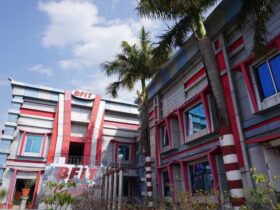





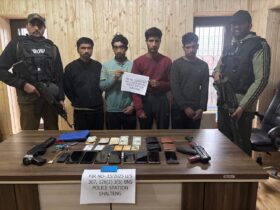


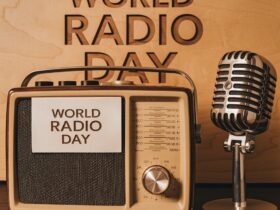
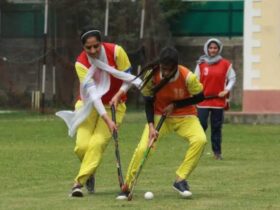
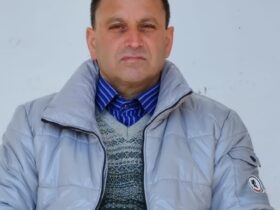
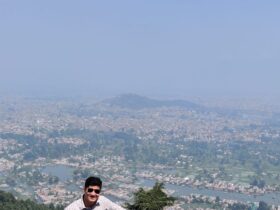
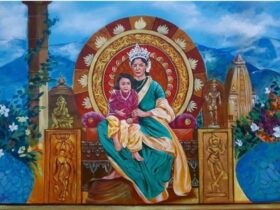

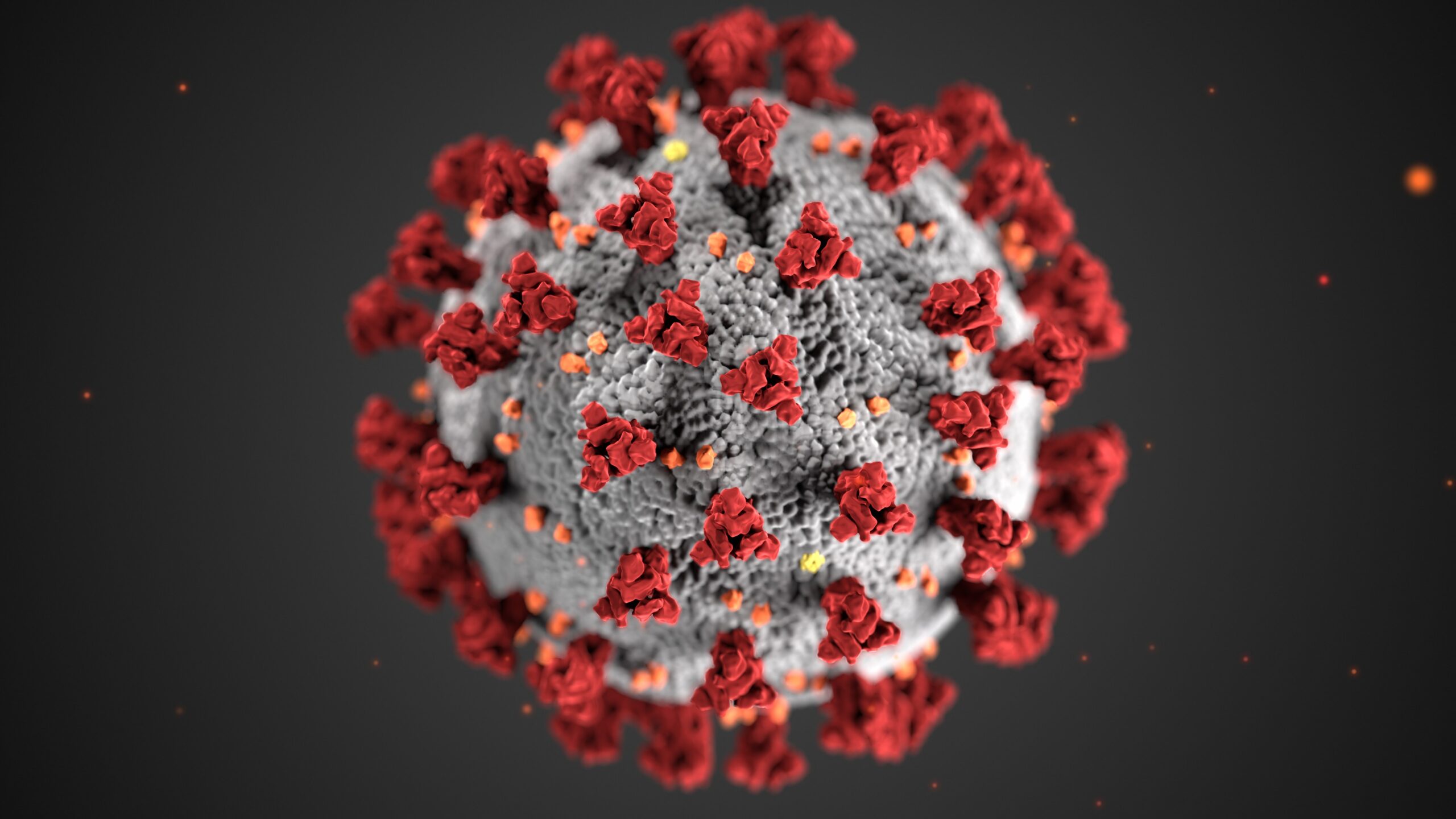
Leave a Reply